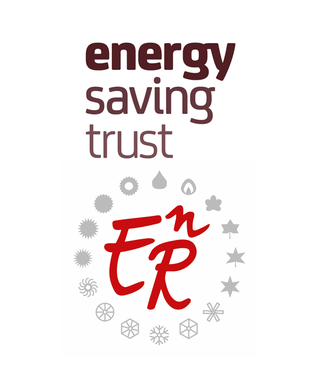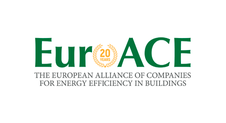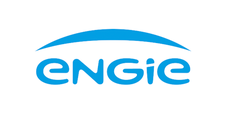Search eceee proceedings
Is heat storage with a possibility of district heating beneficial to Solar Plus micro grids
Panel: 5. Smart and sustainable communities
This is a peer-reviewed paper.
Authors:
Marko Kovač, Energy Efficiency centre of Jozef Stefan Institute, Slovenia
Damir Staničić, Energy Efficiency Centre at Jozef Stefan Institute, Slovenia
Stane Merše, Energy Efficiency centre at Jozef Stefan Intitute, Slovenia
Andreja Urbančič, , Numerical Modeling, Solar Plus, Micro-grid modellingHeat Storage, Slovenia
Abstract
The substantial drop in prices of photovoltaic installations and battery storage causes Solar Plus concept, which incorporates photovoltaic panels with battery and smart installation, is becoming more and more viable for self-sufficient households, especially in remote areas, where building essential energy infrastructure (such as power lines) might not be economical.
In addition - scattered populated areas (typical for Slovenia) means that similar approach is also appropriate for villages or smaller parts of towns, where several near-by households could form a micro-grid.
Trying to meet a household energy needs with only photovoltaic production and battery storage is still somewhat pricey. However, adding heat storage devices into the micro Solar Plus energy mix seems like a feasible option, which would also benefit from possible additional local or district energy source (e.g., biomass).
A simplified but proven numerical model is used covering most important features of micro-grids, including solar power production, battery and heat storage and heating. The model accounts for the main influences: the weather pattern, load curves and roof orientation. This enables some additional insights into micro-grid capabilities and dynamics. The obtained data and knowledge serve for additional actions in decarbonization of households.
Downloads
Download this paper as pdf: 5-033-19_Kovac.pdf
Download display as pdf: 5-033-19_Kovac_display.pdf
Panels of
1. The dynamics of limiting (energy) consumption
2. What's next in energy policy?
4. Monitoring and evaluation for greater impact
5. Smart and sustainable communities
7. Make buildings policies great again
8. Buildings: technologies and systems beyond energy efficiency
9. Improving energy efficiency in ICT, appliances and products

























